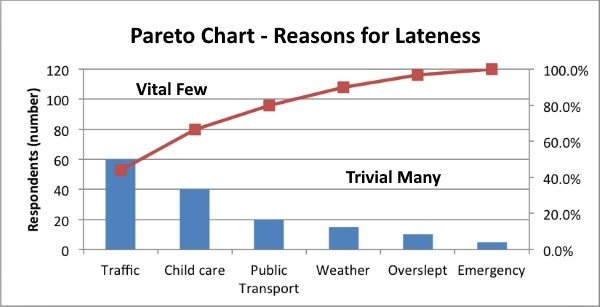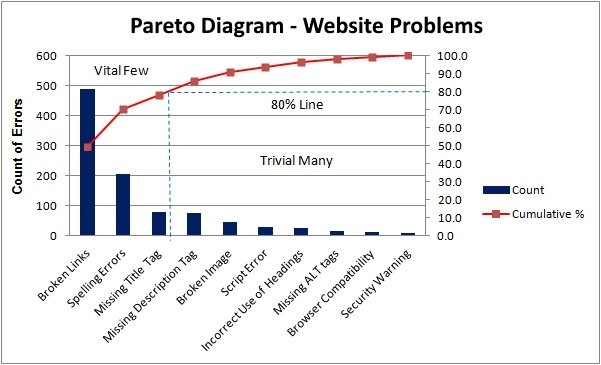It is my experience that most small-business owners don’t fully understand the importance of numbers in running their business. Many do not carefully review their financial statements or even know exactly what the numbers mean. It is common for accountants to provide monthly financial information long after the reporting period. By that time, the numbers are cold and of little value.
If this describes your situation, it’s time to make changes!
Business consultant Peter Drucker says, “You cannot manage what you cannot measure.” To which, Michael Dell of Dell Computers adds, “Anything that can be measured can be improved.”
Lagging Indicators
Financial outcomes, such as a Profit and Loss Statement, provide “lagging” indicators of organization performance because they report past results that cannot be changed. They include such things as revenue, expenses, cash flow, profit, return on investment, and other measures. These numbers reveal strengths and weaknesses, performance trends, break-even points, and other intelligence for decision-making and problem-solving.
This historical data is a valuable “report card” of overall business performance; it is important to owners, shareholders, investors, and bankers.
Leading Indicators
“Leading” indicators are the measures of your internal systems and processes that lead to financial results. They are happening in real-time, and you can change or improve them as you go. For example, they might include the number of sales leads generated by marketing campaigns, the number of orders processed or services performed in a day, and so forth.
Here are five types of business measures that are important to you, with some questions to get you thinking:
- Efficiency Measures – How many person-hours does it take to make a product? How long is the lead-time between receipt of an order and shipping? How many deliveries do you make in a day? How many customers do you get per advertising dollars spent?
- Quality Measures – What is the rate of returned merchandise or service callbacks? How many defects are there per total items produced? What is the average cost to service your product warranties?
- Customer Satisfaction Measures – How many new customers do you add per week? What is the frequency of repeat orders, complaints, or referrals? What do satisfaction survey results tell you?
- Employee Skills and Satisfaction Measures – How many hours of employee training are performed per month? What percent of employees are certified? What is your rate of absenteeism, or employee turnover?
- Innovation and Improvement Measures – What percent of the budget goes to developing new products or services? What percent of sales come from new products? How many suggestions for improvement do employees submit each month? How many are implemented?
Leading indicators are important because the earlier your measurement system reveals a problem or diminished performance, the sooner corrections can be made.
Speak “Numbers”
In summary, measure your core business systems and constantly improve them for better results. At the end of the month, you will get a financial statement telling you the outcome of your effort. Next month, try to do even better!
Don’t get bogged down with all the possibilities for business measurement. Focus on the few key numbers that drive the “economic engine” of your company.
Ultimately, you want to create an organizational culture where everyone speaks “numbers”–the language of improvement. In the best businesses, “Results Rule!” (Randy Pennington).
Related Article:
Manage By the Numbers

















